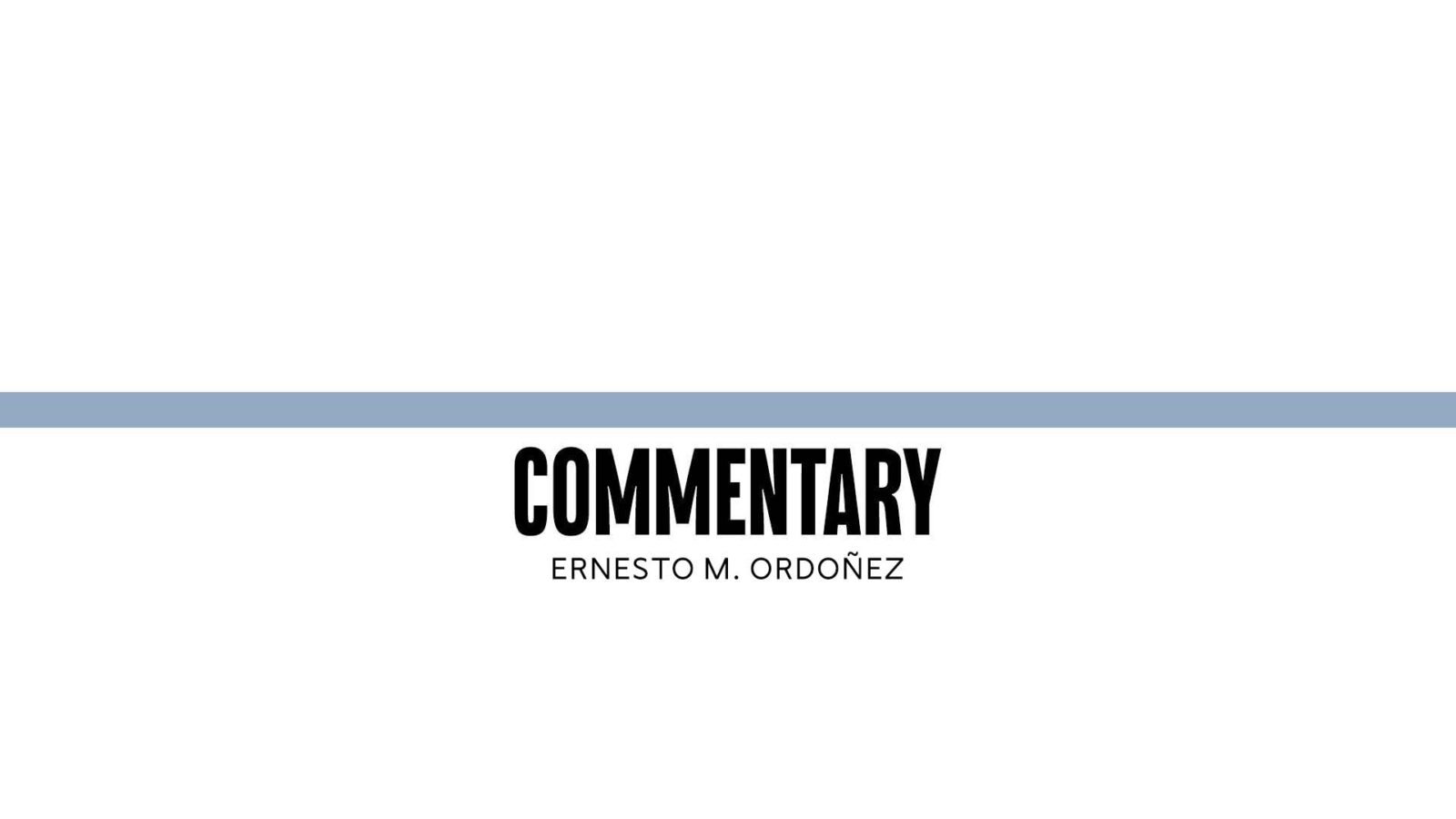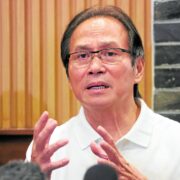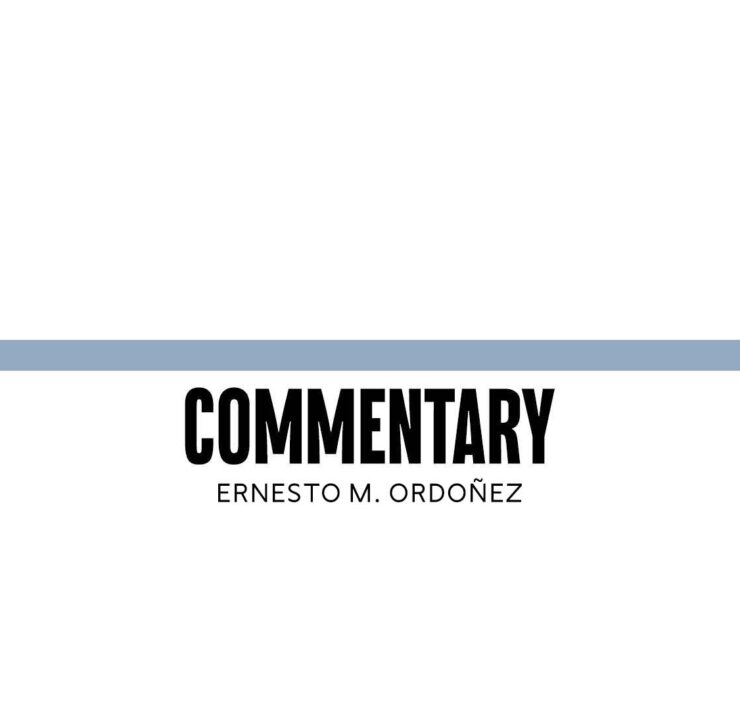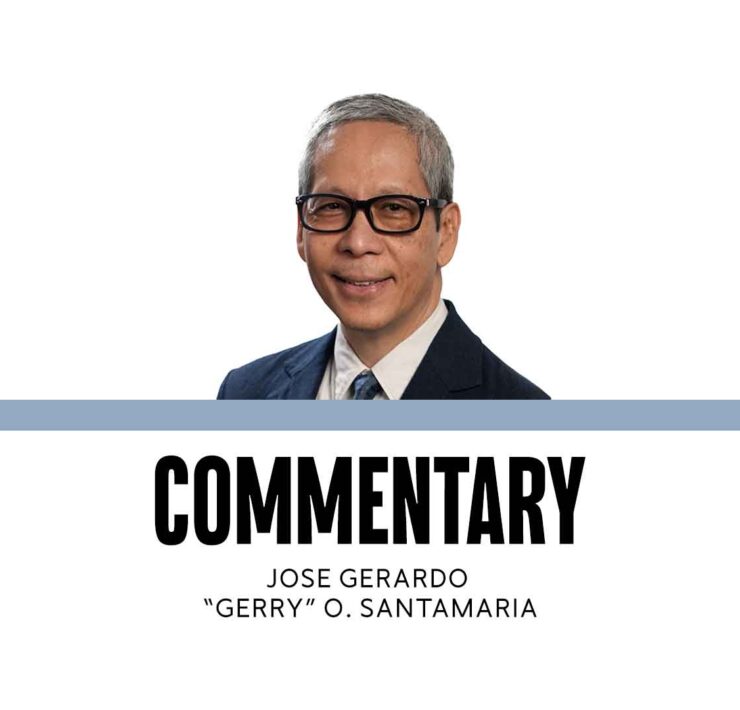Policy is more important than programs for progress

For significant sustainable development, we must realize that policies are more important than programs. This is especially important as we face our critical agricultural challenges today.
I first heard about this concept when former Trade Secretary Ramon Lopez, who, when he was a director at the Department of Trade and Industry, had just arrived from graduate studies at Williams College in the United States. When I asked him what was the most important thing he learned, he explained this valuable insight.
No matter how good programs are, if they are implemented under the wrong policy, benefits will be severely limited. But if the policy is correct, these programs will be more effective.
Additionally, many of these programs will no longer be needed. This is because the private sector will operate under a policy environment that motivates the necessary action for production, productivity and profit.
Policy is the most important issue that confronts our difficult agricultural situation today. Two sectors that are suffering from the wrong policy because of tariffs that are too low are hogs and rice.
Last Nov. 3, hog producers met with Agriculture Secretary Francisco Tiu Laurel Jr. They asked for the restoration of the 40 percent pork tariff from the current 25 percent. This is similar to rice farmers asking for the restoration of the 35 percent rice tariff from the current 15 percent.
Tariffs
Tariffs should be an instrument of industry policy. If the tariff is too high, producers are not motivated to be efficient because of little competition from imports. Consequently, consumers suffer. If the tariff is too low, producers lose money and jobs are lost. Potential investments also disappear.
However, consumers do not necessarily benefit significantly from lower costs. This is because price is not a function mainly of cost, but of supply and demand factors. This lack of understanding has misled some of our policymakers to almost automatically recommend drastic tariff cuts to curb inflation. In too many cases, these cuts have resulted in minimal price decreases but devastating consequences for producers who have lost incomes and jobs.
In addition, when potential investors see a government that reduces tariff rates to a point where profits are difficult, they will shy away. This results in no additional jobs and no further development.
Our government policy on tariffs has been severely flawed. Because of the 15 percent rice tariff, our rice farmers are suffering now as never before. The production cost of palay is P14 a kilo while the farm gate price is P11. With the pork tariff of 15 percent for Minimum Access Volume (MAV) and 25 percent for non-MAV, it was reported that the production cost is P180 a kilo while the selling price is P160.
This was confirmed by Eric Harina, president of Pork Producers of the Philippines (ProPork) and a vice president of Alyansa Agrikultura (AA). He added that with the former pork tariffs, importers can still make significant profits with the current retail prices today.
Letter to the Senate
Consider what happened to the hog sector. In February 2021, in a desire to curb inflation, the Executive Branch took a position to decrease the hog tariffs from 30 percent and 40 percent to a uniform 5 percent. Excerpts of the AA letter to Sen. Cynthia Villar, chair of the committee on agriculture and food, are shown below:
“For the 40 percent tariff case, the ProPork president (who both produces and imports) shows 120 percent annual ROI (return on investment) with a conservative monthly turnover assumption. Assuming a conservative assumption of weekly turnover, the annual ROI is 520 percent.
“We hope this shows that importing is profitable enough to motivate the importation of the targeted 400,000 tons of pork without having to decrease tariffs. If the tariffs are decreased following the current proposal, the foregone government revenue from the uncollected tariff from the original proposal would be P12 billion.
“This foregone revenue should not go to importers and traders who do not need the extra money. It should instead go to support the hog producers, the backyard raisers and the swine industry that is in dire need of government support.”
Because of this new information, Sen. Villar succeeded in rejecting the recommendation for a uniform 5 percent tariff and settled for 15 percent and 25 percent tariffs.
Today, pork tariffs that are too low are harming our hog sector, just as rice tariffs that are too low are damaging our rice industry. We must now correct our policy environment with the correct increased tariffs.
Otherwise, several programs might go to waste if people cannot make money with the current tariff structure. Correct the policy first, then implement effectively the remaining relevant programs.
The author is Agriwatch chair, former secretary of presidential flagship programs and projects, and former undersecretary of the Department of Agriculture and the Department of Trade and Industry. Contact is agriwatch_phil@yahoo.com.




















From flood control to farm-to-market roads